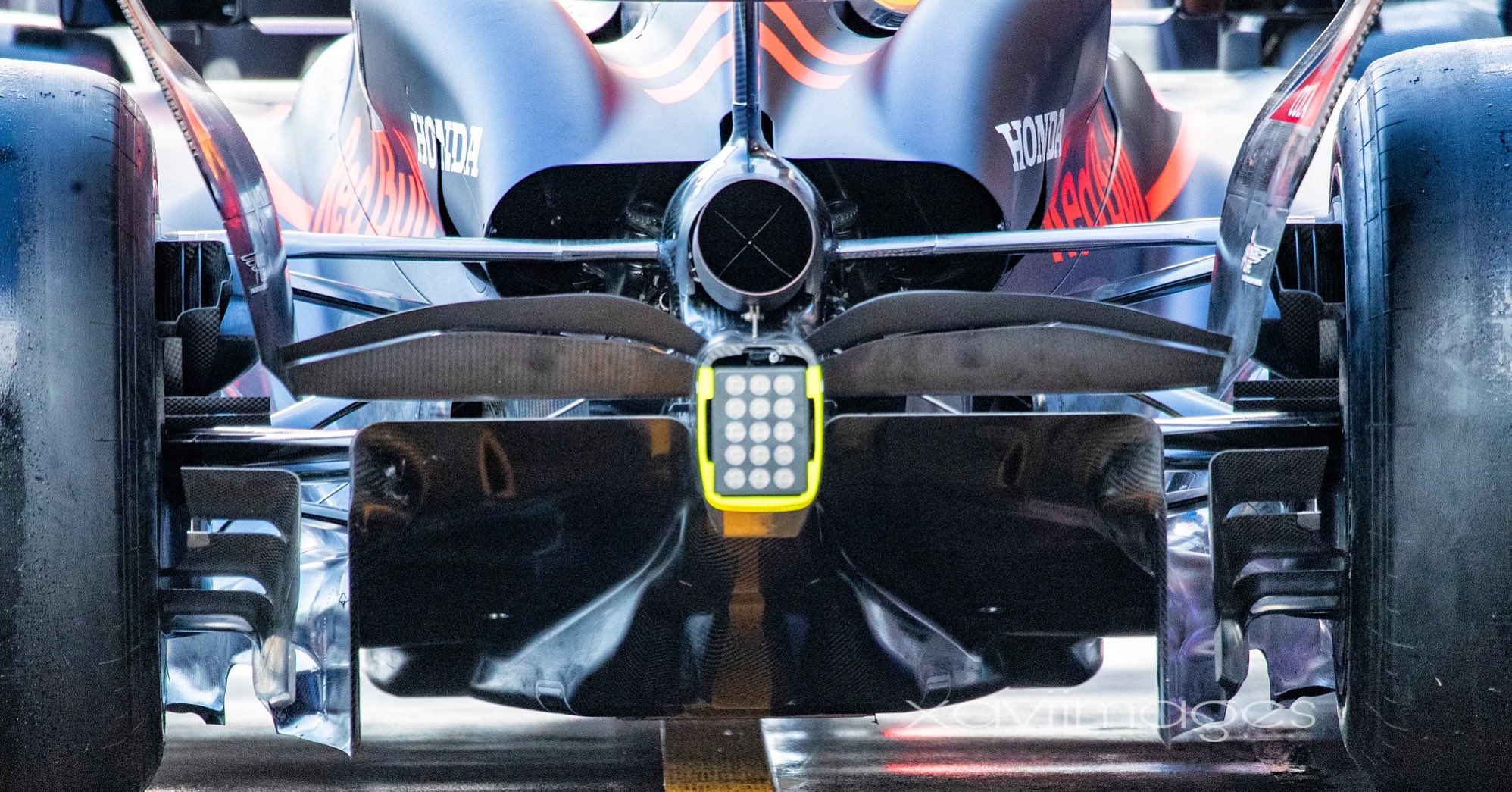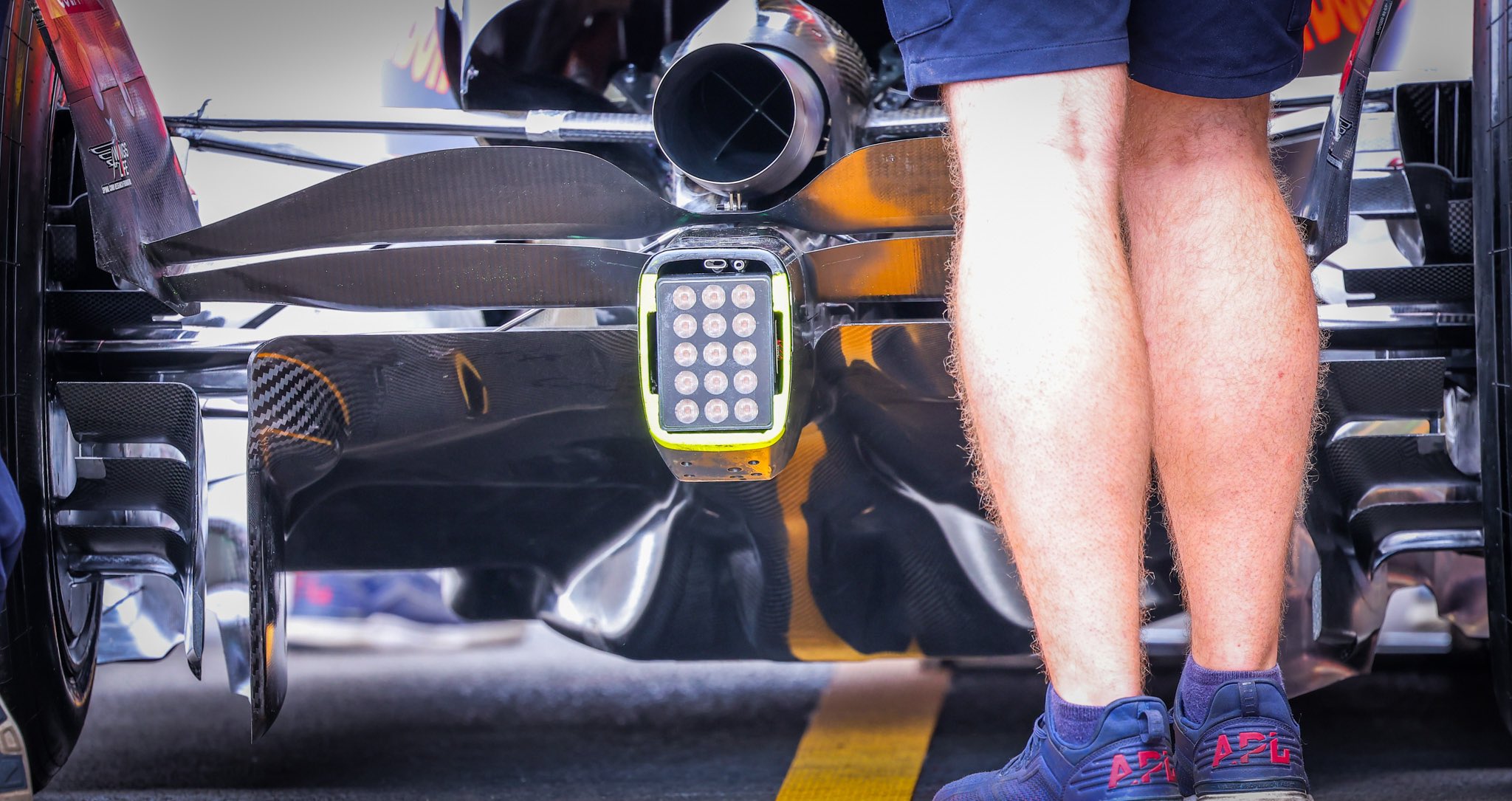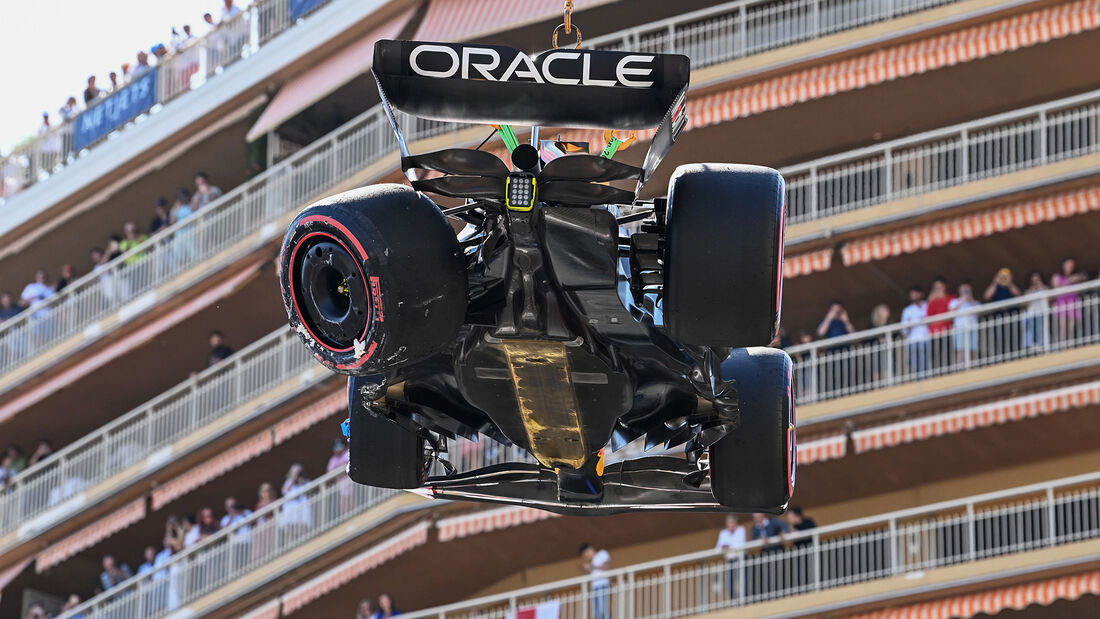Hoffman900 wrote: ↑03 May 2024, 17:50
The problem with looking at contact pattern during parc ferme is the car is unloaded from aero stand point.
I think it’s reasonable to assume the cars are making at least as much as they weigh, at some speed.
Yes, understand this and I agree.
However, looking at them right from the outset in starting 2022 regulation, they seem to have designed around very low static camber initially, also when loaded to extreme lateral and really sunk into it's vertical travel, the RB appears to go /allow into positive camber without real detriment.
In comparison to others, that started 2022 with more "traditional" static camber, they all seem to have followed more to this direction.
It would appear to bleed off at the limits grip more gently by letting the tire roll over more onto outer sidewall, as comparison to higher absolute peak grip with more rapid and unpredictable release in extremes.
Also to make, ultimately, more use of tread gauge across the whole tire footprint, by potentially favouring longitudinal traction, less inner shoulder wear etc than greater camber allows.
It may even allow the chassis to be pivoted by rear movement under less aero load (slow corner at sharp angle) by fomenting rear grip elasticity in opposition to reliance, and subsequently, higher taxing of front tire and axle mechanical grip in that steering phase. Requires more driver acceptance of progressive rear movement and use of that characteristic to execute though.






